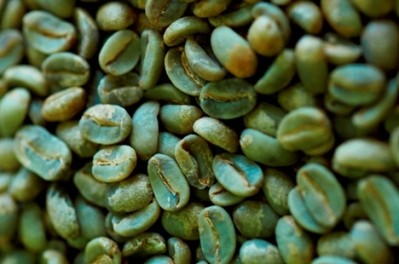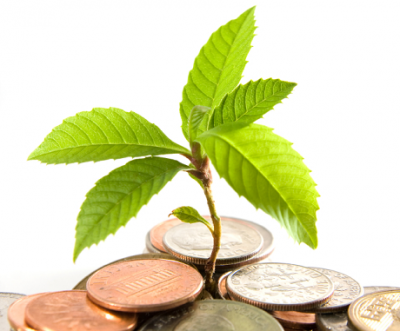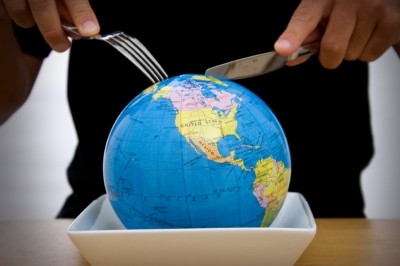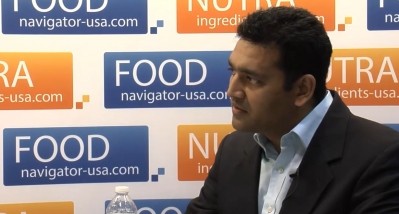Food sustainability needs a triple focus: Supply, demand and distribution
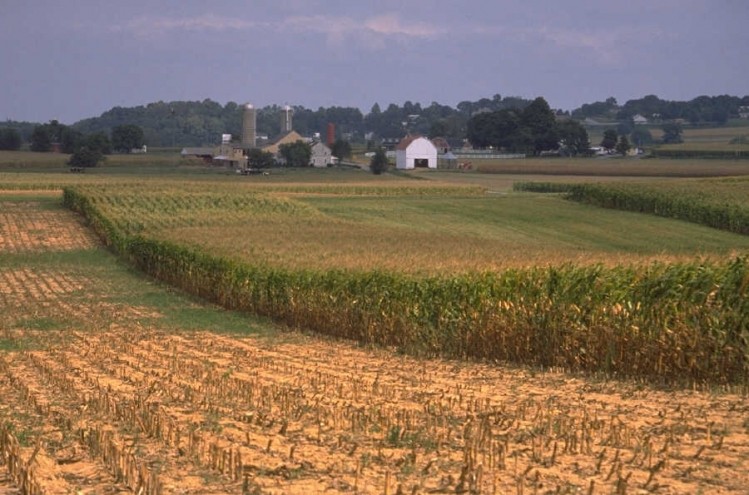
Fundamentally, food sustainability means ensuring that food production is possible indefinitely – whether that refers to producing a particular ingredient, or continuing to produce enough food in general. However, many approaches to the issue take a particular angle, either focusing on improving the supply side (ways food is produced), the demand side (what people choose to eat), or the governance side (how food is distributed).
Tara Garnett, who heads up Surrey University's Food Climate Research Network in the UK, says that a more comprehensive approach is needed – one that pays attention to nutritional quality and inequalities in the food system, as well as how dietary changes can address both human health and environmental challenges.
“What can be done to address the problem of food system sustainability?” she asked in a recent paper published in Proceedings of the Nutrition Society journal.
“The solutions proposed very much depend upon how the problem is conceptualised.”
The problem is that the food system does not seem to be working to feed people efficiently, as millions go hungry even while millions of others have a surplus of food – but potential solutions are often disjointed.
Proposed solutions
On a food production front, genetic modification and traditional plant breeding are ideas that have been touted to improve sustainability by increasing yields, alongside reducing waste and making better use of food waste streams.
At a consumer level, cutting in-home food waste and consumption of animal products have been held up as crucial to producing more food on finite land. And others suggest that better governance of the global food supply is the most critical component in improving supply chain sustainability, as too much food goes to those who need it least and too little goes to those who need it most.
“These different emphases in turn reflect divergent beliefs about the role of technology and the potential it holds to address the problems we face; the extent to which it is possible to alter human behaviours; and the malleability of global institutions and the global economy,” Garnett wrote.
She says that each frame on the sustainability problem provides insights as well as weaknesses and inconsistencies, but those who are too close to any one perspective risk missing the bigger picture.
Too much emphasis on production
“Within most mainstream circles the production efficiency approach still tends to overwhelm the others. Far too little attention is paid to the nutritional quality of what people consume, to the potential that dietary changes can play in addressing health and environmental problems together, or the inequities in the food system…. [B]y identifying values that are common among apparently very different stakeholders it may be possible to resolve some differences and make progress.”
Those focused on the food production side bring much-needed optimism, she says, although the idea that more food means greater food security is overly simplistic. Meanwhile, those focused on changing consumption habits raise important points on considering the environment and nutrition together – but this area often lacks nuance, does not tackle undernutrition in low-income countries, and more careful thought is needed to define low-impact food production methods that allow for healthy diets, and what policy changes would be necessary to achieve this.
Finally, those focused on transforming the food system offer a critique both of the production efficiency and demand restraint perspectives, and highlight how inequality affects environment and health outcomes. Yet Garnett says this approach may romanticise smallholder production, and its focus on the complexity of food supply chains may make it difficult to identify specific solutions.
Source: Proceedings of the Nutrition Society
Vol. 72, pp. 29–39 doi:10.1017/S0029665112002947
“Food sustainability: problems, perspectives and solutions”
Authors: Tara Garnett
